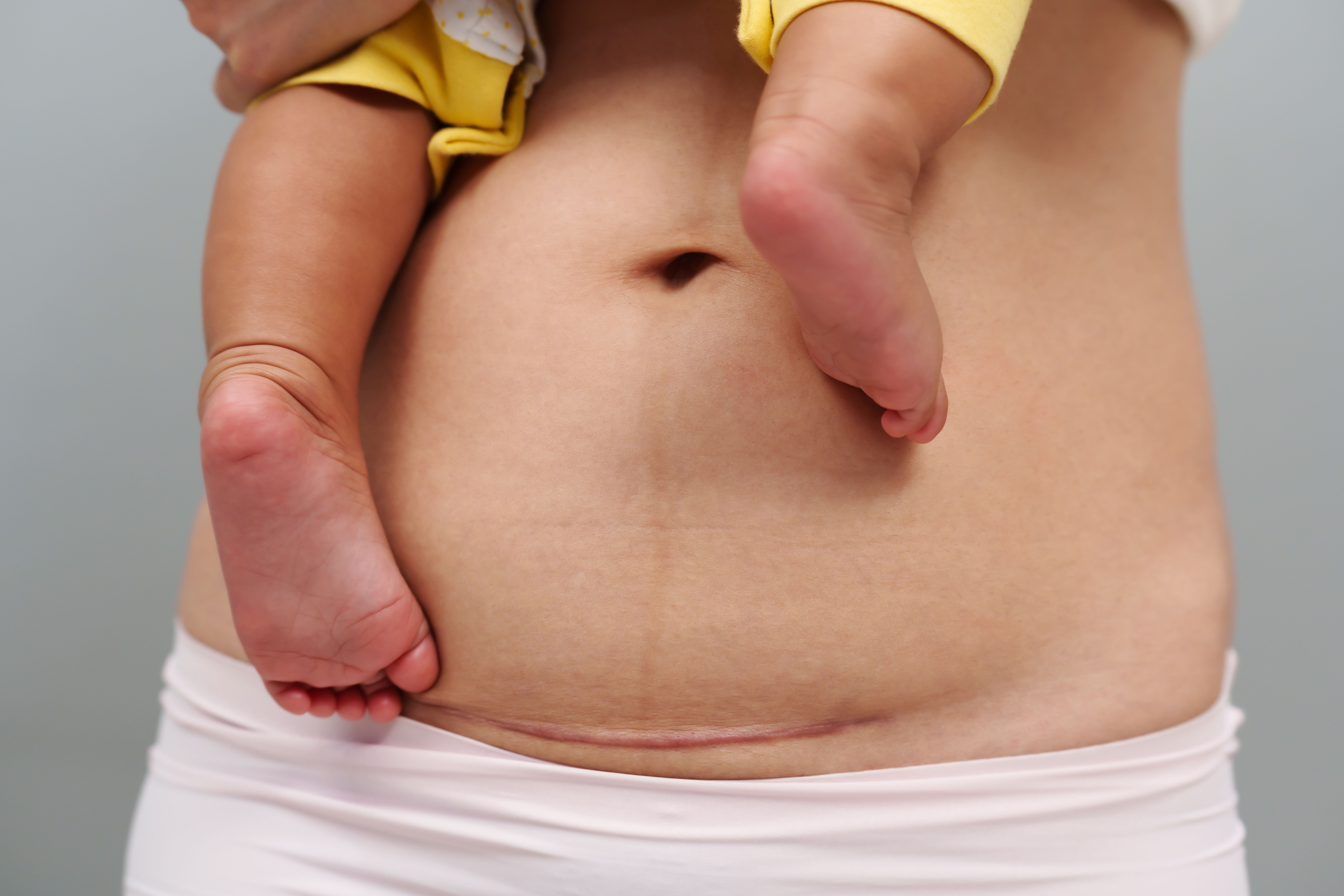Cesarean delivery (CD) at full dilation is associated with an increased risk of subsequent preterm birth (PTB), according to a recent study published in the American Journal of Obstetrics & Gynecology.
Takeaways
- Cesarean delivery (CD) at full dilation (CDfd) is linked to a heightened risk of subsequent preterm birth (PTB), as per a recent study in the American Journal of Obstetrics & Gynecology.
- Approximately 1 in 3 live-born singleton infants in Scotland are delivered by CD, indicating its prevalence in childbirth.
- The study involved a retrospective cohort analysis of over 30,000 primigravid women, shedding light on the association between CDfd in the first pregnancy and subsequent spontaneous PTB (sPTB).
- Infants born to women with CDfd showed increased birthweight and neonatal unit admission rates compared to those delivered vaginally or via other CD methods.
- The odds of subsequent sPTB were 3 times higher among women with CDfd compared to those with other methods of delivery, suggesting a significant correlation between CDfd and PTB risk.
PTB is the leading cause of neonatal mortality worldwide, with an estimated 15 million PTBs occurring per year. Of PTBs, 75% are considered spontaneous PTB (sPTB).
CD rates have increased over time, with approximately 1 in 3 live-born singleton infants in Scotland born by CD. However, while data has indicated an increased risk of PTB after CD when the cervix is fully dilated (CDfd), much of this data is from small, single-center studies with a risk of selection bias.
To evaluate the association between CDfd in the first-time birth and subsequent sPTB risk, investigators conducted a retrospective cohort study. Participants included women with a term live birth in their first pregnancy and a second birth from 24 weeks of gestation recorded in the Aberdeen Maternity and Neonatal Databank.
First pregnancies included term births between 1976 and 2016, and second pregnancies included singleton live births from 24 weeks of gestation between 1977 and 2017. Women with CDfd in their first pregnancy were included in the exposed group while those without CDfd were included in the unexposed group.
A second pregnancy with sPTB was the primary outcome of the analysis, though all PTBs were evaluated and stratified based on gestation. Covariates included deprivation, smoking status, maternal age, preeclampsia, and diabetes mellitus history.
Secondary outcomes included mode of birth and labor type in the second pregnancy, antepartum hemorrhage, premature prelabor rupture of membranes, interpregnancy interval, blood loss, threatened miscarriage, birthweight, and neonatal unit (NNU) admission.
There were 30,253 primigravid women included in the analysis, 24,827 with vaginal birth in their first pregnancy, 868 with elective CD, 3658 with CD in the first stage of labor, and 900 with CDfd. Increased birthweight and NNU admission were observed among infants of women with CDfd vs all other forms of birth, especially vaginal delivery.
A subsequent sPTB was reported in 1.6% more women with a CDfd during their pregnancy than those with an elective or first-stage CD, and 1.3% more than those with a vaginal delivery. When evaluating all PTB types, the risk was increased by 5.3% in women with a prior CDfd.
In the comparative analyses, the odds of sunbsequent sPTB were increased 3-fold among women with initial CDfd vs any other method of birth. This association remained when including covariates and during sensitivity analyses.
These results indicated an increased risk of subsequent sPTB after CDfd in the first pregnancy. Investigators recommended additional research to understand changes in CD rates.
Reference
Woolner AM, Raja EA, Bhattacharya S, et al. Risk of spontaneous preterm birth elevated after first cesarean delivery at full dilatation: a retrospective cohort study of over 30,000 women. Am J Obstet Gynecol. 2024;230:358.e1-13. doi:10.1016/j.ajog.2023.08.013

